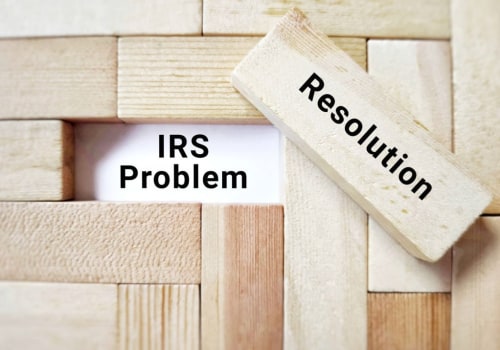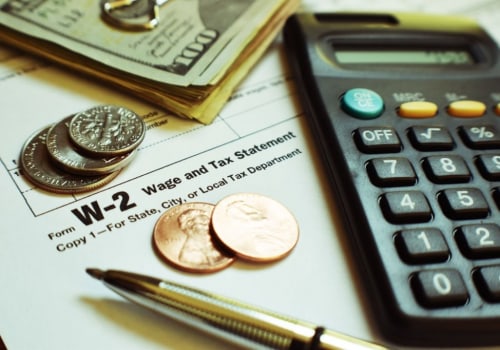You then have to prove to the IRS that you don't have the means to return the money within a reasonable period of time. See if you qualify for the tax forgiveness program, call 877-788-2937 now. If you really can't pay your late IRS taxes, there's a chance you could stop paying altogether. To qualify for not currently being collectible, your financial circumstances must be at a level where any payment to the IRS represents a significant financial hardship for you and your family.
This is a temporary state and the IRS can review your case. If you can't afford to pay your taxes and living expenses, within reason, you can ask the IRS to place your account in what is currently called a non-collectible state. The IRS can file or maintain current tax liens until it accepts your offer and you have fulfilled your end of the deal. The IRS requires that you be up to date with all tax returns before you are considered for the Fresh Start program.
From there, you'll likely fill out an IRS debt forgiveness form that describes your financial situation. The summary of tax forgiveness is that it's not really about the IRS eliminating your debt; it's more about disclosing your accounting errors, proving extenuating circumstances, and negotiating an agreement on the amount owed. That fee may be higher than what you end up saving on your tax bill if the IRS accepts your transaction offer (and may not be refundable if the IRS rejects your offer). The good news is that there are legal ways to manage that tax bill with the IRS without falling into a bad situation with the agency.
Keep in mind that the IRS will only consider you for tax debt relief if you are in good standing with the agency. Generally, the lender must report the amount of the canceled debt to you and to the IRS on Form 1099-C, Debt Cancellation. Any federal tax liens filed against you by the IRS won't go away until you've fulfilled your end of the deal. It's often called a “fresh start” because taxpayers are often exempt from burdensome penalties, interest payments, and more when seeking real relief from the IRS.
You'll also need to be up to date with your returns, so if you haven't filed your tax returns lately, that's probably your first step toward relief. Similar to how your initial income tax is determined, the IRS analyzes your total income, subtracts your spending allocations, takes into account any other mitigating factors, and determines your total capacity to pay. While not everyone will qualify for these different options, the IRS will work with you on an individual basis to determine which help option best suits your situation. To determine if you qualify for tax relief through a transaction offer, the IRS considers your ability to pay, your income and expenses, and the amount you have in assets.



